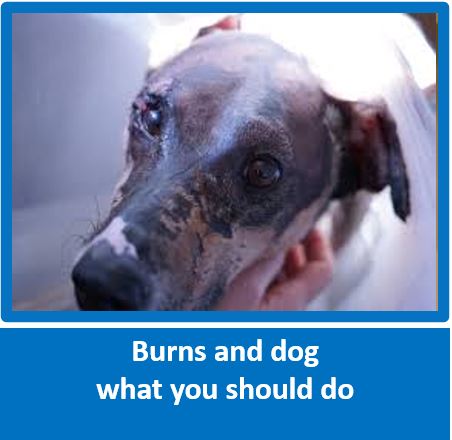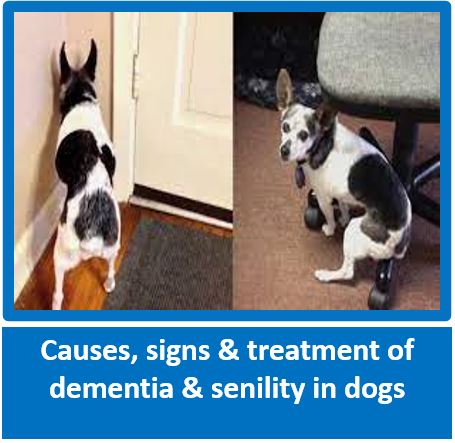
GENRIC Pet Insurance is the most innovative pet insurance product (not a pet medical aid) in SA. It is designed to cover the unexpected, unforeseen, and fortuitous veterinary costs that cats and dogs kept as household pets may incur as a result of illness or injury. Its development took cognisance of the strengths and weaknesses of other policies and therefore avoids their shortcomings from day one. 5 Great plans for you to choose from. www.genricpet.co.za
What is an anaphylactic reaction?
www.sunrisepetclinicaz.com - is a pet clinic in Arazona whose staff is trained in the Fear Free Method, which is a huge bonus for pets that have fear of the vet
www.sunrisepetclinicaz.com - is a pet clinic in Arazona whose staff is trained in the Fear Free Method, which is a huge bonus for pets that have fear of the vet

An anaphylactic reaction or anaphylaxis is an immediate hypersensitivity (allergic) reaction to a foreign substance, especially a foreign protein, known as an allergen or antigen.
What causes an anaphylactic reaction?
Before an anaphylactic reaction can occur, the pet must have had a previous exposure to the offending substance. A common example is a dog stung by a bee that later develops an allergy to bee stings. The first time the dog is stung, a short-term localized reaction called a humoral response occurs. This response causes the immune system to produce a substance called Immunoglobulin E (IgE) that binds to the surface of mast cells. Mast cells are responsible for the redness and swelling (hives) that you see at the site of the sting. At this point, the patient is said to be sensitized to the bee's toxin.
The second time the dog is stung, the sensitized mast cells will recognize the foreign protein (bee toxin) and release their contents in a process known as degranulation and activation. In milder cases of anaphylaxis, a localized allergic reaction such as extreme swelling at the site of the bee sting will occur. In severe reactions, the localized reaction causes further release of the contents of mast cells throughout the body, resulting in systemic anaphylaxis. Localized allergic reactions are common while systemic anaphylaxis is rare.
What causes an anaphylactic reaction?
Before an anaphylactic reaction can occur, the pet must have had a previous exposure to the offending substance. A common example is a dog stung by a bee that later develops an allergy to bee stings. The first time the dog is stung, a short-term localized reaction called a humoral response occurs. This response causes the immune system to produce a substance called Immunoglobulin E (IgE) that binds to the surface of mast cells. Mast cells are responsible for the redness and swelling (hives) that you see at the site of the sting. At this point, the patient is said to be sensitized to the bee's toxin.
The second time the dog is stung, the sensitized mast cells will recognize the foreign protein (bee toxin) and release their contents in a process known as degranulation and activation. In milder cases of anaphylaxis, a localized allergic reaction such as extreme swelling at the site of the bee sting will occur. In severe reactions, the localized reaction causes further release of the contents of mast cells throughout the body, resulting in systemic anaphylaxis. Localized allergic reactions are common while systemic anaphylaxis is rare.
"Theoretically, any foreign substance can
produce an anaphylactic reaction."
Theoretically, any foreign substance can produce an anaphylactic reaction. The most common substances to cause anaphylaxis are food proteins, insect bites, medications, antigens in vaccines, environmental pollutants, and chemicals.
It is important to note that anaphylaxis is an abnormal reaction. The body's immune system overreacts to the foreign protein or substance resulting in the excessive reaction. Most cases of anaphylaxis are thought to have a hereditary or familial basis.
What are the clinical signs of anaphylaxis?
Clinical signs are dependent on the route of exposure (mouth, skin, inhalation, injection, etc.), the amount of antigen, and the level of the pet's IgE response.
It is important to note that anaphylaxis is an abnormal reaction. The body's immune system overreacts to the foreign protein or substance resulting in the excessive reaction. Most cases of anaphylaxis are thought to have a hereditary or familial basis.
What are the clinical signs of anaphylaxis?
Clinical signs are dependent on the route of exposure (mouth, skin, inhalation, injection, etc.), the amount of antigen, and the level of the pet's IgE response.
"Clinical signs are dependent on the route of exposure, the amount of antigen, and the level of the pet's IgE response."
The most common clinical signs of anaphylaxis include itching, red skin swellings called wheals or hives, a swollen face or muzzle, excessive salivation or drooling, vomiting, and diarrhea. In systemic anaphylaxis, the dog will have difficulty breathing and may be cyanotic (have a bluish color to the tongue and gums).
How is it diagnosed?
Anaphylaxis is diagnosed by a medical history of recent exposure to an offending substance and the characteristic clinical signs. Intradermal skin testing and IgE blood tests may be performed to identify specific allergens.
How is anaphylaxis treated?
An anaphylactic reaction is a medical emergency and immediate treatment is required. The first step is removal of the inciting substance whenever possible, such removing a bee’s stinger. Next, the pet is stabilized to prevent or minimize systemic shock, ensuring the airway is open and blood pressure and circulation are maintained. Intravenous fluids, placement of a breathing tube and administration of emergency drugs such as epinephrine, corticosteroids, atropine and/or aminophylline is often necessary. In mild cases, it may be sufficient to administer antihistamines and possibly corticosteroids, followed by close monitoring for 24-48 hours.
What is the prognosis?
The initial prognosis is always guarded. It is impossible to know if a localized or minor reaction will progress to a major crisis.
Since anaphylactic reactions often worsen with each episode, the main goal is to prevent subsequent exposure to the offending substance. If you have a pet that experiences anaphylaxis, you may be given emergency medications to keep at home or instructions on what to do if your pet shows any signs of future reactions.
This client information sheet is based on material written by: Ernest Ward, DVM
How is it diagnosed?
Anaphylaxis is diagnosed by a medical history of recent exposure to an offending substance and the characteristic clinical signs. Intradermal skin testing and IgE blood tests may be performed to identify specific allergens.
How is anaphylaxis treated?
An anaphylactic reaction is a medical emergency and immediate treatment is required. The first step is removal of the inciting substance whenever possible, such removing a bee’s stinger. Next, the pet is stabilized to prevent or minimize systemic shock, ensuring the airway is open and blood pressure and circulation are maintained. Intravenous fluids, placement of a breathing tube and administration of emergency drugs such as epinephrine, corticosteroids, atropine and/or aminophylline is often necessary. In mild cases, it may be sufficient to administer antihistamines and possibly corticosteroids, followed by close monitoring for 24-48 hours.
What is the prognosis?
The initial prognosis is always guarded. It is impossible to know if a localized or minor reaction will progress to a major crisis.
Since anaphylactic reactions often worsen with each episode, the main goal is to prevent subsequent exposure to the offending substance. If you have a pet that experiences anaphylaxis, you may be given emergency medications to keep at home or instructions on what to do if your pet shows any signs of future reactions.
This client information sheet is based on material written by: Ernest Ward, DVM




